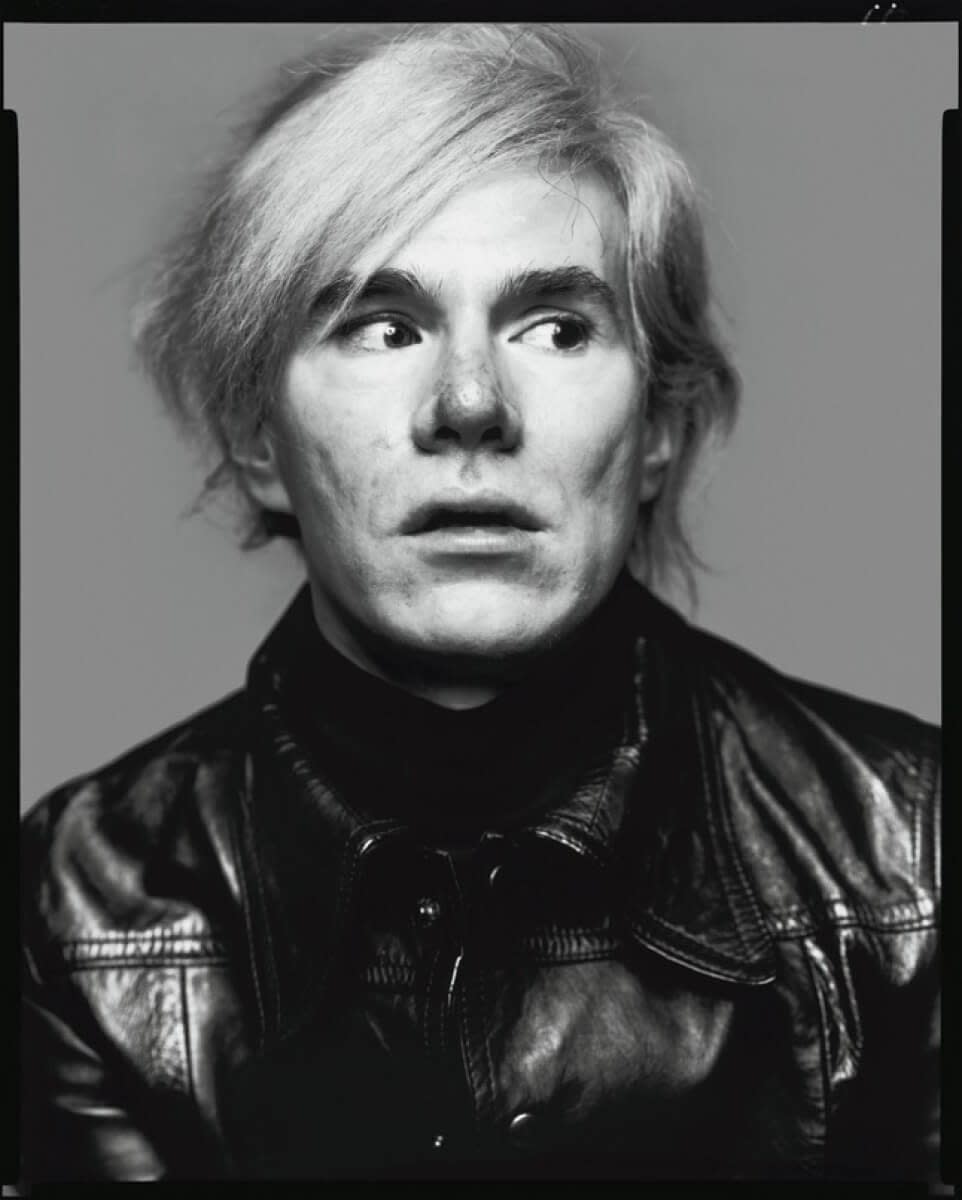The scene is fascinating: Pop artist Andy Warhol sits at a table. In front of him, there’s a paper bag containing a regular meal from Burger King. Warhol takes the burger from its packaging and starts to eat it. For four minutes we watch him eating a burger, like any ordinary person would. Once Warhol finishes, he sits silently for a moment, as if he were deeply reminiscing what has just taken place, and then he finishes the scene by saying these words, “My name is Andy Warhol and I just finished eating a hamburger”.
66 Scenes from America
Those more familiar with modern art, will recognise this as the infamous scene, Andy Warhol Eating a Hamburger from director Jørgen Leth’s 1981 film, 66 Scenes from America. The film was created to showcase the lifestyle of Americans and explore what it meant to live as an ordinary American in the twentieth century. With content of scenes varying from shots of food in a refrigerator to travelling shots that were taken from inside a car through the windscreen, the film aimed to represent America and tell the story of what it meant to be American.
But it’s interesting to note that the appearance of Warhol generated more interest than any of the other scenes in Leth’s film. A simple scene of the most famous art icon of the twentieth century simply sitting down to eat a hamburger caused more hype than even many scenes from other films that had more imaginative plots. Why? What was the scene trying to communicate about the American lifestyle? How were viewers supposed to interpret a simple scene of someone eating a hamburger?
Warhol’s Pop Culture and Commercial Art
Andy Warhol was known for creating works that were extremely eccentric at the time. In one respect, his work made bold statements about consumerism and a society in which the same brands were used by the both the poorest and richest people in America. As the child of Polish immigrants, this aspect of America fascinated Warhol, possibly even leading to his statement that about 15 minutes of fame. The idea behind it may have been that Warhol saw America as a society where all individuals were equally likely to obtain fame, but that such a fame would be short lived in order to allow everyone the same privilege.
So Why Did Warhol Eat a Hamburger?
When Warhol decided to participate in Leth’s 66 Scenes from America, it was possibly to make a statement about the consumer culture Americans enjoyed long before many of the rest of the world could. It was a culture where both the most famous celebrities and ordinary people on the street were able to purchase the same goods.
But the real heart of this scene isn’t just about showing off America as a country where all individuals are equal. On the contrary, rather than making the gap between the rich and famous and everyday citizens seem smaller, viewers were made aware of the fact that there was still a very real difference between the two. Viewers would watch the scene depicting Warhol eating a hamburger, eagerly anticipating an interesting turn of plot. But for four entire minutes, the audience is captured by nothing more than a person eating a hamburger. This begs the question: why are people willing to look at such an ordinary activity they themselves have likely done before? What makes it interesting?
That’s when viewers are led to realise that, although America is a culture of equality in consumerism, there is a superficial, mentally perceived difference between famous icons and ordinary persons. It’s very paradoxical, as viewers are led to see that what separates celebrities from the masses isn’t tangible, yet it’s very real to society.
If the scene hadn’t been depicting a celebrity, it would certainly not have caught the public attention. That’s the essence of what is seen. Society places celebrities on a pedestal and are willingly interested in the most mundane daily activities performed by these individuals.
More than three decades later, this idea is still very relevant. Pop culture has remained much the same and tabloids filled with content about the lives of celebrities – often featuring worthless content about celebrities running errands – are a popular choice of reading material for many. The biggest notable difference, however, is that Pop culture has become global and people all over the world are now able to identify with the concept of putting famous figures on a pedestal and showing interest in mundane activities that take place in the lives of celebrities.
Click here to see the Andy Warhol prints available in our gallery.


